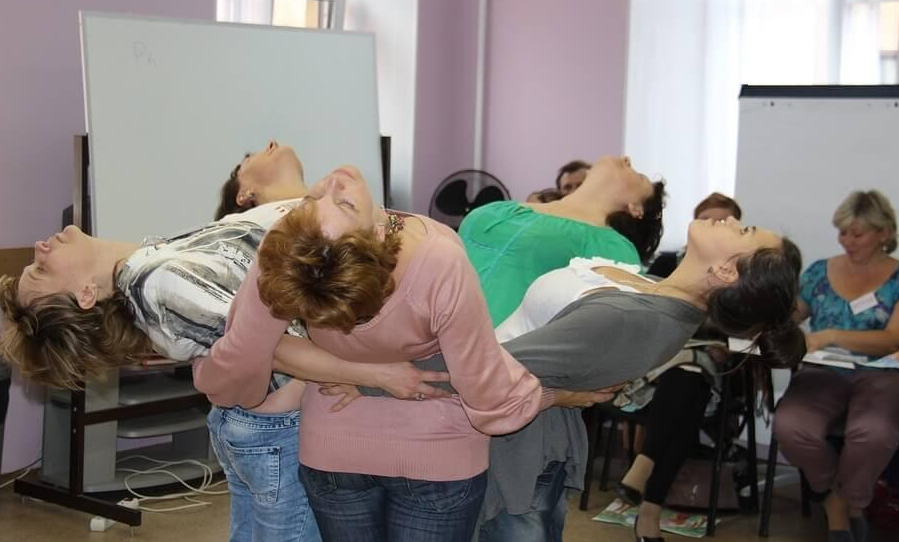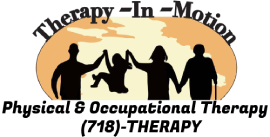
How Does Physical Therapy Help to Prevent Poor Posture?
By: Dr. Abe Kopolovich, DPT, MBA, JD-IP
Posture is defined as the way that a person holds themselves and the way that their body is supported when it is in the sitting or standing position. Posture is a vital part of good health and can cause people unnecessary pain and fatigue.
When a person is slouching, or hunched over, or has rounded shoulders, they have poor posture, and many individuals have become accustomed to it, not even realizing the damage that they are inflicting on their joints, how they are stressing their bodies, and limiting their range of motion. In any of these given positions, the torso partially collapsed; therefore, the lungs cannot fully expand to inhale and exhale correctly. Because of this, the body is not receiving or processing adequate oxygen; making individuals feel sluggish and tired, not to mention the undue stress that patients put on their back, hips, knees, and ankles. Humans have three curves in the spinal column; if any of these three curves are either curved in too far or hunched over, this is also poor posture.

So, what does good posture look like? Per MayfieldClinic.com, good posture is proper positioning that aligns the head, neck, shoulders, hips, knees, and ankles. One of the easiest ways to become acquainted with good posture is to picture a person in the military at “attention.” If you want to try an exercise on your own to evaluate your posture, stand with your head and heels against a wall. Then, feel how your body should be aligned with each supporting part, from your head to your shoulders, on down to your feet, slowly step away from the wall and try to maintain that position. This will give you a good idea of how you are standing and the corrections that need to be made.
Since many people cannot make these changes on their own, physical therapy can be beneficial and will help patients strengthen their core and become aware of their posture and make appropriate adjustments. After evaluating their patients, physical therapists will use their training and expertise to create an exercise routine for patients to complete. The therapist will be able to recognize if a patient is favoring one side more than the other, or sitting with a slouch, or curved back, thus throwing good posture off and stressing joints. It is good that the patient and physical therapist create a treatment that will not only correct posture but will also improve mobility.
Some of the exercises that the physical therapist may suggest are:
- Chin Tucks
- Pilates Roll-Up/Yoga Sit-Up
- Plank Pose
- Towel/Foam Roll Stretch
- Pectoralis Stretch
These incorporate strengthening exercises that target the core and stretching exercises that align the spine.
Physical therapists are professionals who have endured extensive training and are specialists in how the human body moves and what muscle groups work together to support joints and connective tissue. They are incredibly knowledgeable and are recognized in the medical profession.



